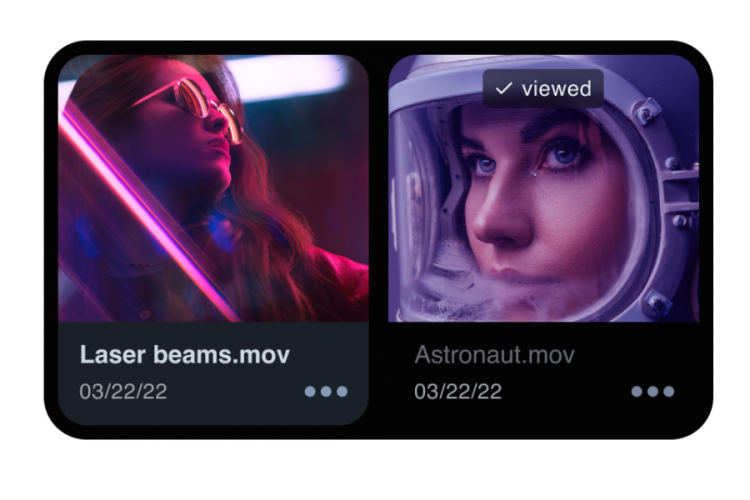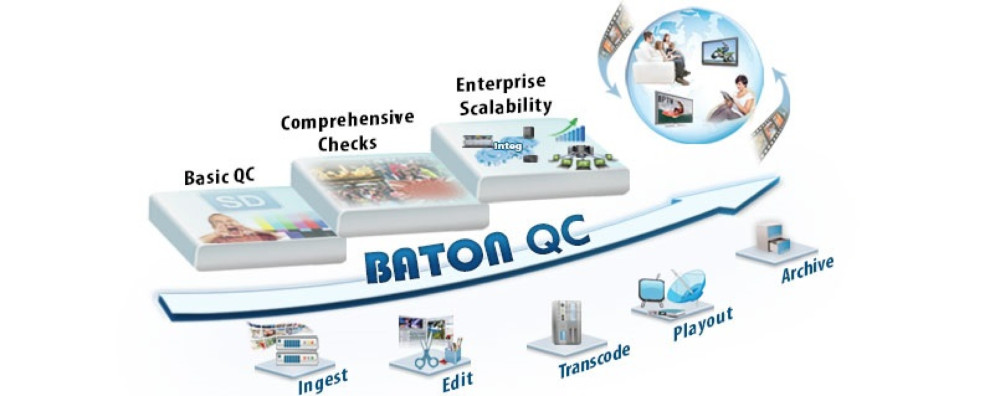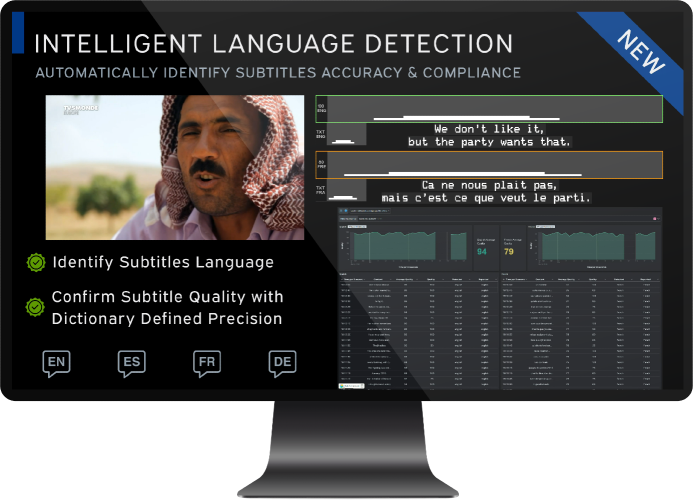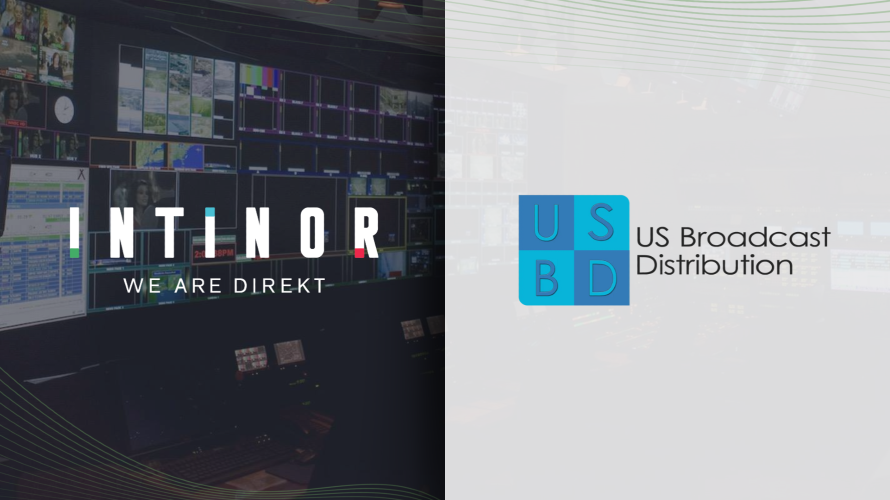Navigating uncharted waters

Author: Bob Pank#
Published 1st June 2011
I’m home again from the annual pilgrimage to Las Vegas. It must be something to do with getting older, but this year both key performance indicators (good dinners versus greasy hamburgers, and early nights versus late night carousing) fell on the conservative side. And my flight home landed 45 minutes early, rather than a week or so late.
I was heartened by much of what I saw at NAB. The vast majority of manufacturers were taking a sensible, pragmatic view, and focussing on what would help their customers make money, or at least stay in business. Innovation had been brought to bear on making stuff work together, so staff become more productive.
Perhaps the biggest focus was on delivering to multiple screens. At the risk of saying I told you so, there has finally been a general recognition of a point I have been making for years: broadcasters have to have an online presence because audiences expect it and will turn to competitors if they do not find it.
But there is no way to make money at it. Please do not tell me that it is a new revenue opportunity: rates for online advertising are and will always be very low and, while they could be seen as worthwhile incremental revenue, you will always fall foul of the business maxim that one person cannot sell something expensive and something cheap at the same time. Subscriptions do not work, either: audiences will choose with their mice and click on another, free source of content.
So you have to find ways of delivering good content across multiple platforms without spending much on additional gear or adding to operational expenditure. The trick here is that, while you have to add some additional hardware, you should not think of it as an additional process.
Recently, my exciting professional life took me to a presentation given by Jim Easton. His job specification reads “save the National Health Service £20 billion in the next three years”, which I imagine will make his annual appraisals entertaining occasions.
Easton was obviously talking about healthcare, but he made a telling point. He said that “it is technology that has unlocked the relationship between quality and value”. This, he said, is counter-intuitive and – in broadcasting as in healthcare – deeply counter-cultural. The fundamental belief is that quality costs money, and in any given system that is true. So we have to fundamentally change the system, not just tack extra stuff on.
He made the point that, for most of us, the model for implementing technology is additive: new technologies are layered on top of what the existing system was already doing. I believe he is right in saying that, if technology is going to deliver the savings, bringing us the required quality and better value, then a more radical approach is required.
Back at NAB, Paul Ragland of Irdeto spoke at the Grass Valley press conference. He said “the broadcast industry is plagued by inefficient and outdated processes”. Anyone want to argue against that?
One explanation comes from Dave Headdon, director of consultancy Three Media Associates. “There has undoubtedly been a reluctance to make the transformation from technology silos to a much broader, business-based approach because, for many executives, it is a step into the unknown,” he told me.
“They appreciate that enterprise connectivity promises the alignment of technology and workflows with the commercial aims of the organisation, but the potential complexity of the solution means that it can be difficult to win executive buy-in.” That is consultant-speak for “we know where we have to be, but we don’t know how to get there”.
Well, there were plenty of exhibitors at NAB this year who want to help broadcasters get there, with everything from online add-ons to full-blown broadcast process automation. Grasping the nettle and taking the radical approach will be difficult. But there really is no alternative. It will make for interesting times to come.
In my column last month I mentioned the problems that the Japanese earthquake and tsunami will cause everyone in the industry. At NAB Sony confirmed that its HDCam-SR factory will not be back in production until late summer, and tapes will be very short supply until then. For my part, although I have been known to be rude about Sony in the past, for now I wish them, and all Japanese companies affected by the disaster, good luck in rebuilding their industries and their lives.
But Sony at NAB had some very good news, with the final achievement of one of the most sought-after technical challenges in recent times. It can now deliver 25” Oled monitors, and I have to say they look absolutely terrific. The demonstration compared the revered BVW CRT monitor and the current LED monitor flanking the Oled.
Colour reproduction was bright and accurate, and motion reproduction was excellent, but the absolute revelation was the black level. The CRT was distinctly grey, and the black level on the LED looked bright enough to read a newspaper. As we have always been told, black on an Oled means no light is emitted, and this was proven to be true. Congratulations where due: this is a great step forward.



































